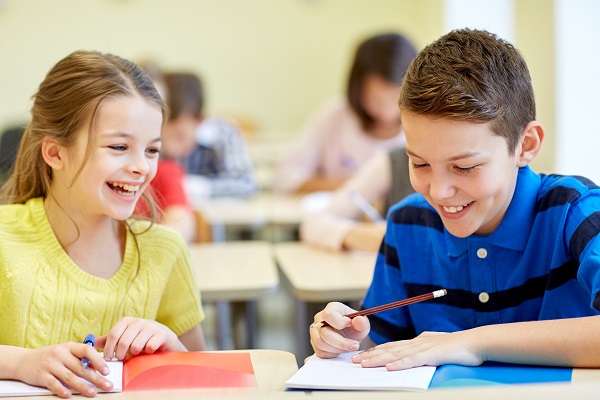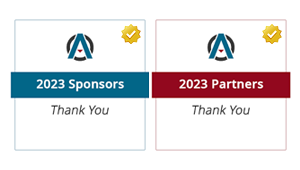Description :
Following the surge of the Covid19 pandemic around the globe and with the new school year kicking off in September, the talk around the current and future educational landscape globally is resurfacing once more. Here we have compiled the top 6 learning trends driving education in a post-pandemic scenario and beyond.
The constantly evolving learning demands and needs of a globalized new millennium challenge the teaching practices and strategies for researchers, policy makers and educators; the mission is to reinvent schools for the 21st century. Working within these realizations, several learning trends for education have emerged in the past few years in an attempt to re-conceptualize education.
Most of these trends are based in the belief that schooling in the 21st century should be connected to real life experiences, becoming meaningful and relevant for students. In this perspective, students as learners are actively engaged in collaborative project-based learning processes integrated in a curriculum that derives from students’ interests, experiences, talents and diverse skills. The learning trends identified below address these understandings and lead the wind of change in education for the years to come.
1. Blended Learning
One of the buzzwords in the educational community worldwide now is blended learning. The term refers to an instructional strategy where the student learns through at least partly online delivery of instruction and content. Teaching within a blended learning environment implies that there are elements of student control over time, place, path and/or pace. There have been six models identified as characteristic of blended learning: Face-to-Face Driver Model, Rotation Model, Flex Model, Online Lab Model, Self-Blend Model and Online Driver Model. The beneficial attributes of any of these models of blended learning are found in the potential to address students’ needs and variant learning styles through differentiated instruction. Such an approach to teaching allows for teachers to make decisions regarding their teaching strategies that will result in better student performance.
2. Game Based Learning
Another trend in education nowadays is game based learning (GBL), which has been cited as a revolutionized way of utilizing games for learning purposes. In particular, GBL is a teaching approach where students undertake work in a game based learning context often in a virtual environment designed by teachers. The intention is for teachers and students to be immersed in the game, collaborate and take action towards a particular learning goal. The aim is to make learning fun, liven up the classroom by engaging and motivating the students. As this is a growing field with increasing interest, the video game industry should consider pairing with researchers to create games that could be employed by formal learning institutions and align with goals of the curriculum. Theorists stress that there is still a need for developing new technology that supports specific pedagogical functions (e.g. group regulation or project management) for schooling in the postmodern era. What we should be aware however is to find a balance between technological or technical aspects and teaching/learning processes.
3. Maker Education
Student work has been taken to a whole new level with the introduction and gradual implementation of maker education or maker movement in schools, a trend starting from the US. An evolution of experiential learning and hands on learning which has been around for more than half a century, the maker education is an approach that adopts a culture of learning by doing which utilizes current and emerging technological tools such as 3D printing, wearable computing, robotics, and coding tools to drive creativity. The intention is to create makerspaces in classrooms where students are given the expressive freedom and digital tools to invent, build and share their work during the learning process allowing for their talents to nourish.
4. Deeper Learning
Deeper learning is part of a developing movement in the US for education that emphasizes on the knowledge that students need to successfully engage in 21st century jobs and civic life. The term refers to a set of student educational outcomes that stem from a set of core competencies, which allow for students to develop higher order skills and metacognitive understandings. Such an example of a teaching and learning approach to schooling acknowledges students’ multiple and diverse identities, experiences and capabilities while also equipping them to become the flexible and critical learners required in our contemporary societies. Even these students, who have been characterized as multimodally literate (Davies 2006) or digital natives (Prensky 2001), are not ‘per se’ capable to critical reflect and make advanced cognitive processes in their everyday activities. Using the deeper learning theory could empower students’ critical awareness of and uptake of learning tasks.
5. Design Thinking
Design thinking is an emerging trend for education that seems promising in relation to other approaches such as the maker education movement. Stemming from product design processes, design thinking refers to a creative process where you employ problem solving to reach to meaningful solutions in the classroom, school or community. Environments such as schools that implement design thinking use it as a basis for teaching different subjects through workshops where students become design thinkers by engaging in problem solving, brainstorming and other activities that aim to bring solution to real life situations. At the core of this learning approach is the intention to empower students to feel confident to create for solving realistic problems.
6. Technology Enhanced Learning
Technology has taken the education world by storm in recent years. Technology enhanced learning is an umbrella term used to describe the use and implementation of technological tools such as smartphones and mobile devices including touchscreen and tablet computers for learning, also known as educational technology. The impact of using mobile digital technologies for example through adoption of BYOD (Bring Your Own Device) movement has altered the learning experience for students. Regardless of their background and interests, students nowadays seem to engage in learning more easily when interacting with these devices while they seem relevant to their daily lives where exposure to technology is constant. The interest in educational technology through technology enhanced learning will continue to grow in the coming years. This is driven by the calls for personalized learning and how to encourage a technologically and digitally diverse learning experience which empowers our students.
The learning trends mentioned in this article are gradually implemented in mainstream education worldwide. The premise is that a more systematic implementation of the above learning theories and practices could transform education for the 21st century.
Hope you found this article interesting, please feel free to let us know your suggestions and what more you would like to see from us. Have a great day!















